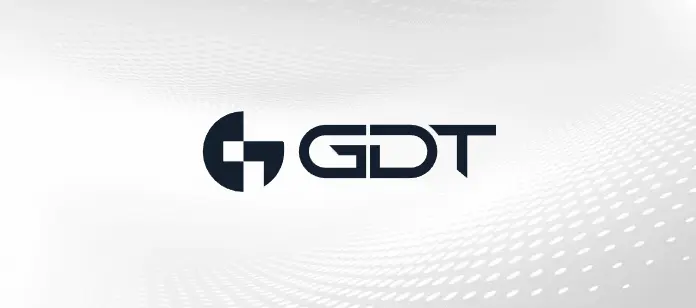SD-WAN as a whole
SD-WAN enables enterprises to reduce network complexity and optimize application performance while simultaneously reducing operational costs. It fundamentally simplifies the management and operation of a WAN to help improve resource usage and provide better performance than any carrier can provide.
This solution has been and continues to be popularized due to the complexity and cost of WAN, increased bandwidth availability, the boom of mobile users, cloud adoption, and so much more. With these changes, SD-WAN was able to grow as it offers a better user experience while increasing business agility without sacrificing security or privacy.
We’ve discussed before what you need to know when it comes to choosing an SD-WAN solution — but ultimately no two companies are alike in their top priorities or deployment needs. The most basic items to consider include:
- Centralized controller
- Zero-touch deployment
- Single-pane-of-glass deployment, management, and monitoring
- Optimized cloud connectivity
- Application-aware routing
- Bandwidth flexibility
- Detailed performance reporting
- Application steering
- Path awareness intelligence
- A single, centralized, cloud-delivered management dashboard
- Flexible connection options over multiple channels (e.g., MPLS, LTE, broadband)
- Integrated threat protection
Advantages + disadvantages of SD-WAN
SD-WAN is not a cure all for your network fabric — like any solution, it comes with pros and cons that should be addressed with supporting technologies. Even with that knowledge, the pros far outweigh the cons and alternative of traditional WAN. Many of the common challenges faced by SD-WAN can be solved with additional softwares and supporting solutions or partners.
Some of the most common challenges with SD-WAN have to do with the way it is implemented and misunderstandings about the true nature of the solution. For example:
- Security is an integral part of the make-up of SD-WAN, but that doesn’t mean there are no additional factors to consider. Much like a home security system, it doesn’t necessarily do much if you only have one camera on the front of your house.
- There is an over-marketed expectation that MPLS can be entirely eradicated with SD-WAN. In reality, the network design is more about aligning requirements with capability.
- SD-WAN can be an expensive solution to implement due to its complexity, and while cost savings can be found, organizations need to focus on the outcome.
- The tunnel-based approach is the backbone of most current SD-WAN solutions, which can reduce application performance and consumes excessive bandwidth. Session-centric approaches are a more robust approach.
Fill the gap with Juniper SSR
Juniper Session Smart Routing powers the AI-driven SD-WAN and helps to solve for some of the most common challenges of implementation and upkeep. Their networking solution allows you to take charge of your data, improve visibility, and gain insight with proactive analytics.
With the evolution of cloud-enabled networks and continuation of mobile environments, having a service-centric control panel to actively account for flexibility and security is critical. Since SD-WAN’s security shouldn’t be taken at simple face-value, Juniper SSR includes multiple layers of coverage:
- Service-centric, tenant-based security architecture
- Zero trust security
- Next-generation firewall capabilities
- Intrusion Detection System/Intrusion Prevention System (IDS/IDP)
- URL filter
- Security at its core
Juniper SSR covers the bases of security and also provides everything at a granular level — improving performance on something as simple as an internal Microsoft Teams call. A solution that covers everything from small to large is a critical component to your SD-WAN implementation journey.



